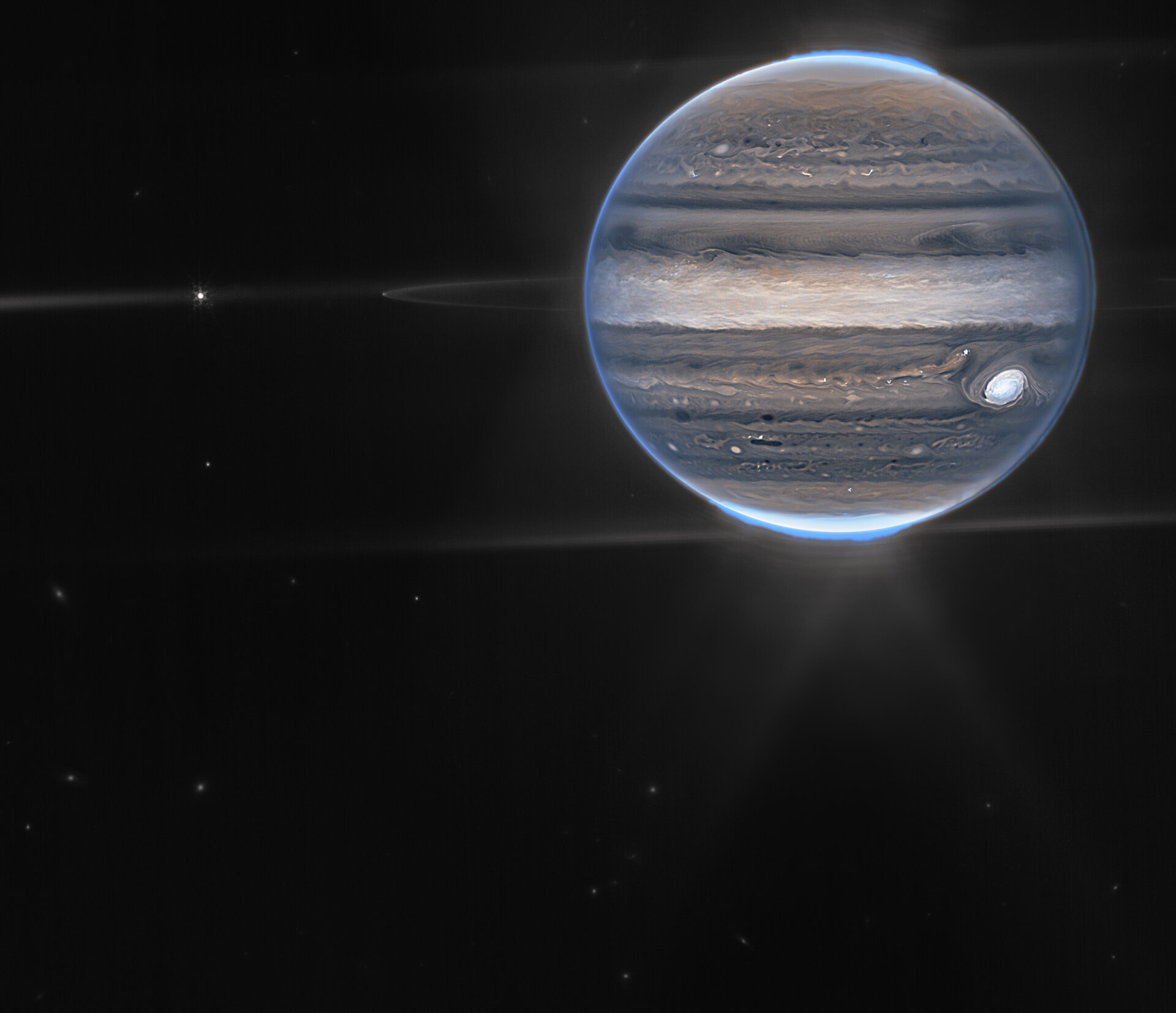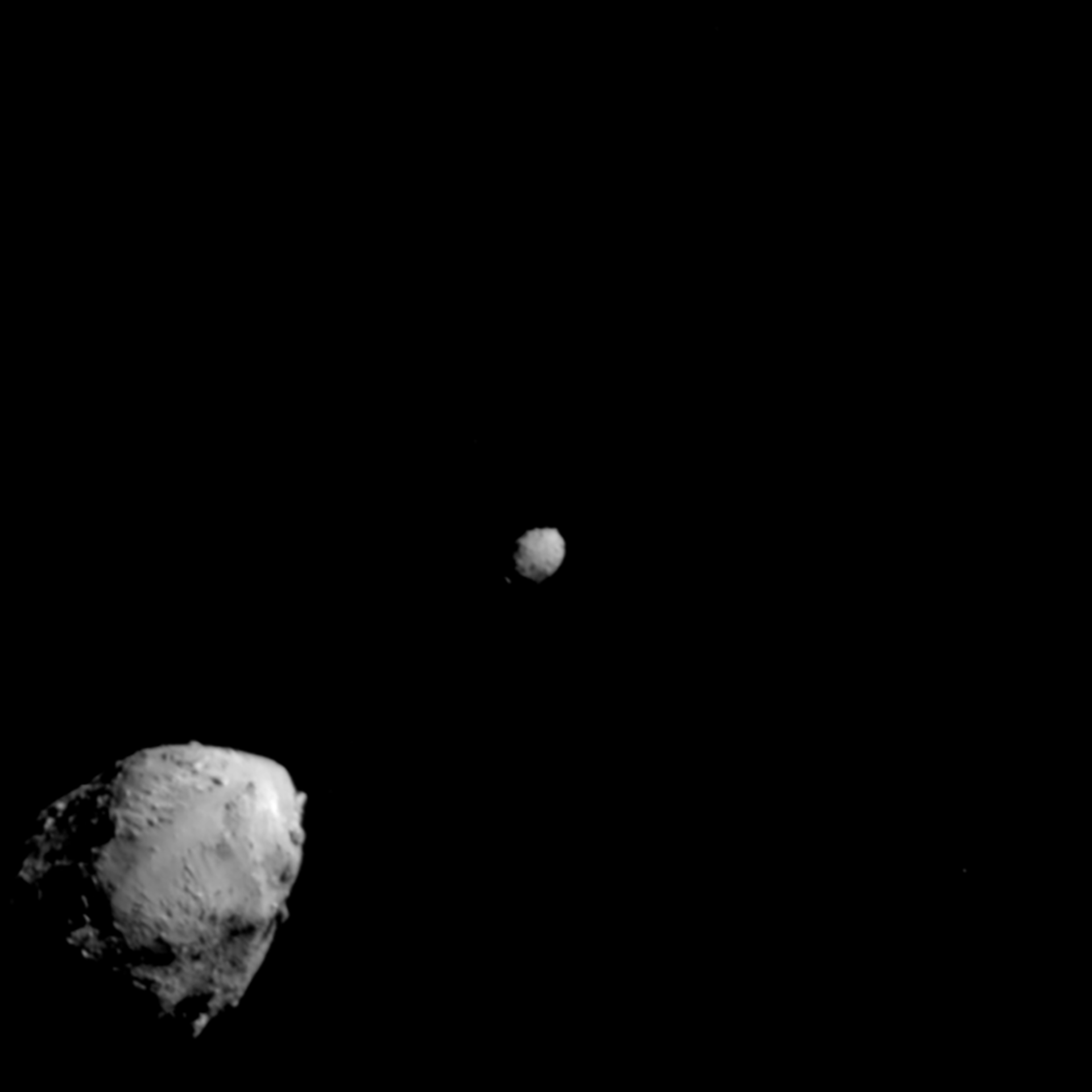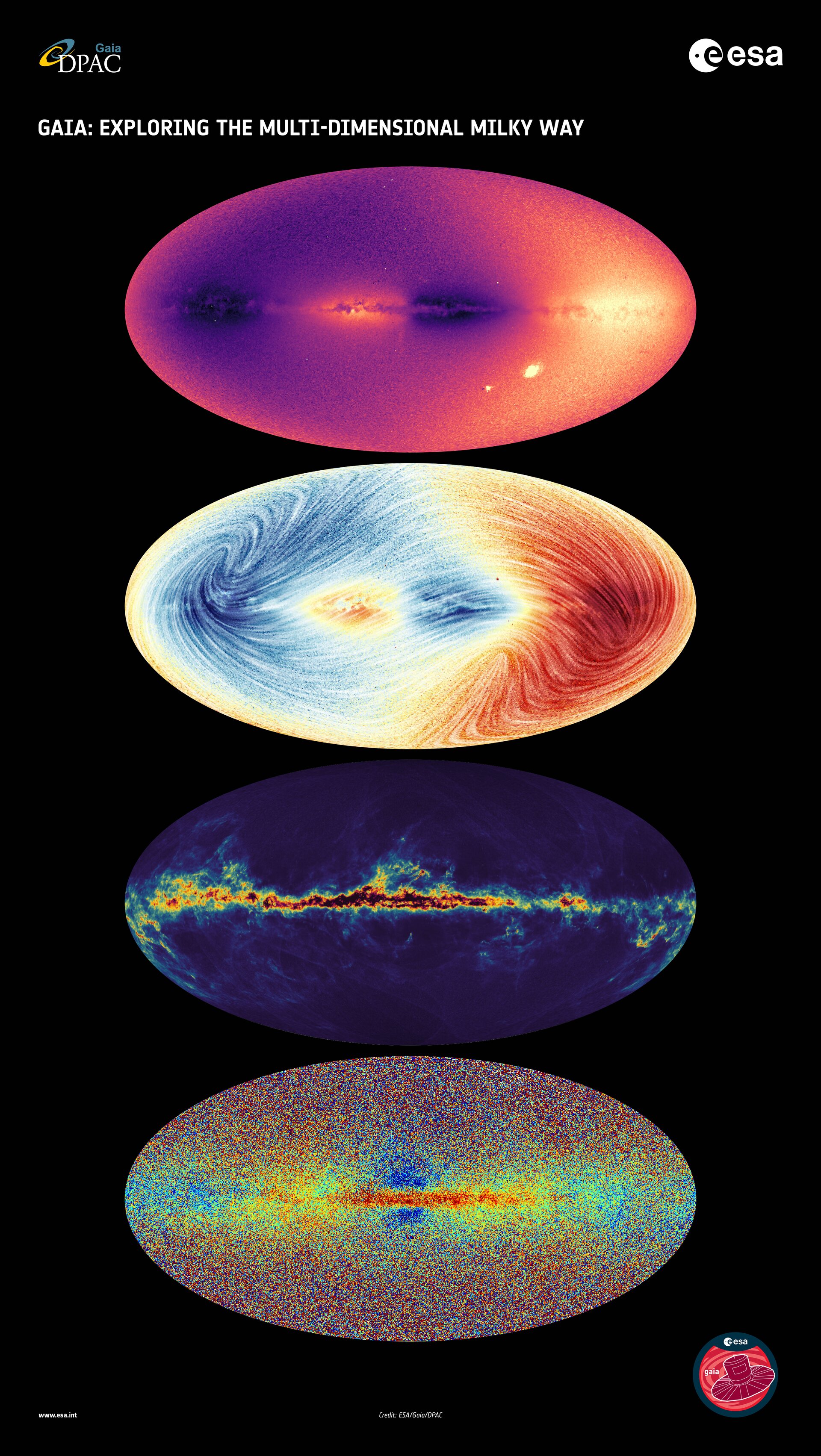Space
7843 readers
12 users here now
News and findings about our cosmos.
Subcommunity of Science
This community's icon was made by Aaron Schneider, under the CC-BY-NC-SA 4.0 license.
founded 3 years ago
MODERATORS
1
81
It's Official: NASA Confirms New Interstellar Object Is Zooming Through Solar System
(www.sciencealert.com)
2
3
4
5
6
7
9
10
11
12
13
14
15
16
13
Is Gravity Just Entropy Rising? Long-Shot Idea Gets Another Look. | Quanta Magazine
(www.quantamagazine.org)
17
18
19
20
21
22
23
24
view more: next ›








